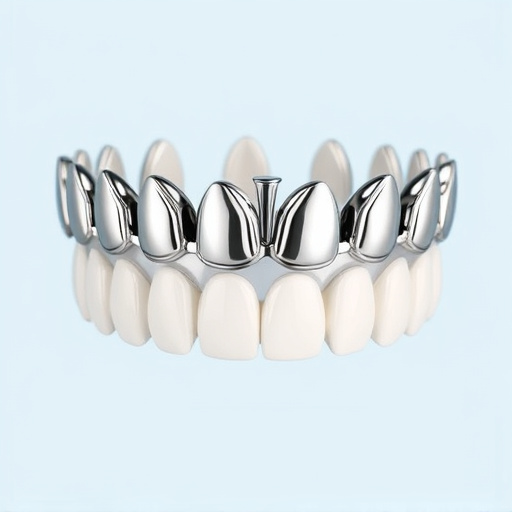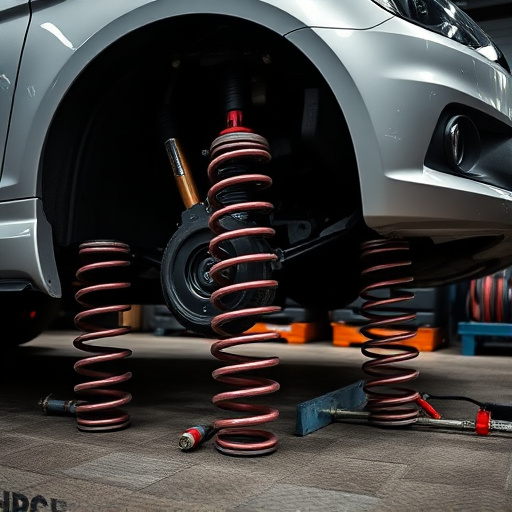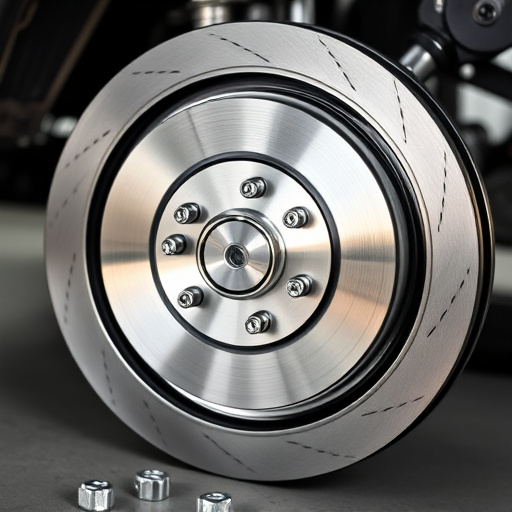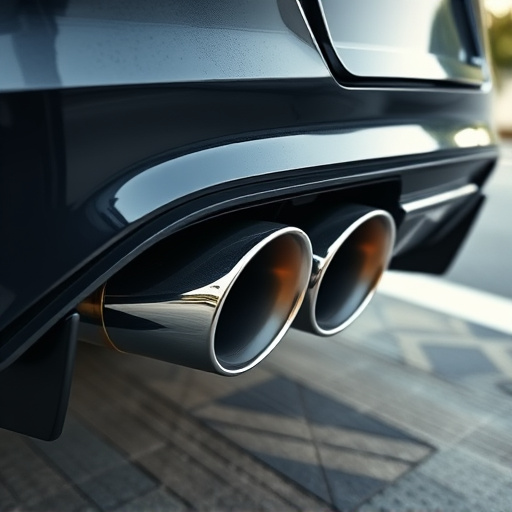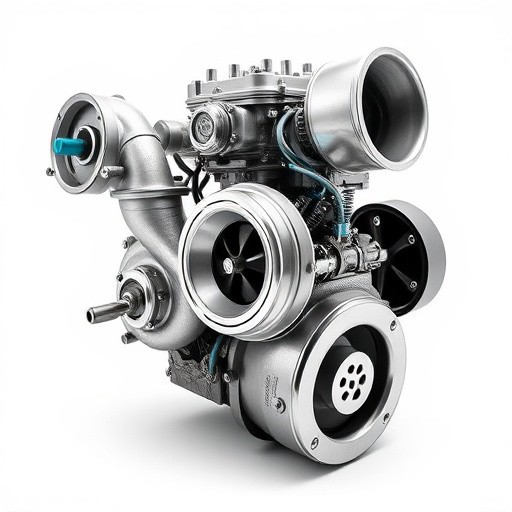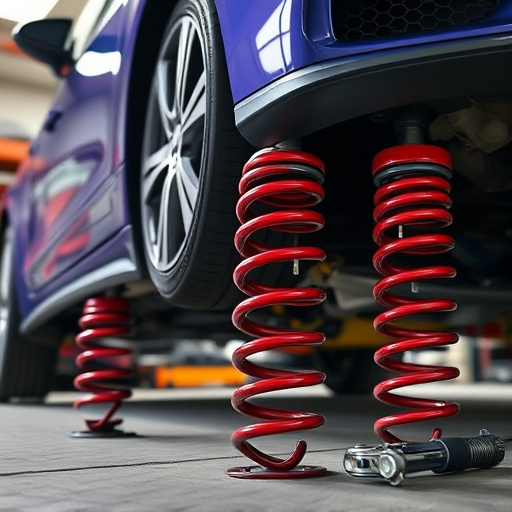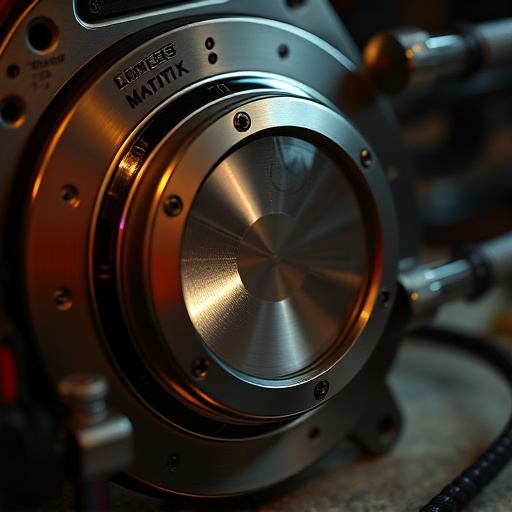A performance exhaust system optimizes gas flow from a vehicle's engine, boosting power, torque, and throttle response while offering customizable sound options. Key components include headers, downpipes, catalytic converters/high-flow catalyst systems, mufflers, and exhaust tips, crafted from high-performance materials for durability and advanced flow designs for efficiency. When combined with other performance upgrades, these systems deliver a more dynamic driving experience tailored to individual preferences.
In the realm of automotive tuning, upgrading to a performance exhaust system can significantly enhance a vehicle’s power and sound. This article delves into the heart of these systems, exploring two prominent options: straight pipes and mufflers. We’ll dissect the fundamentals, uncover the advantages and drawbacks, and guide readers through the process of selecting the ideal setup for their vehicles, ensuring both optimal performance and legal compliance. Get ready to navigate the world of performance exhausts like an expert.
- Understanding Performance Exhaust Systems
- – Definition and basic principles of performance exhaust systems
- – Key components and their functions
Understanding Performance Exhaust Systems
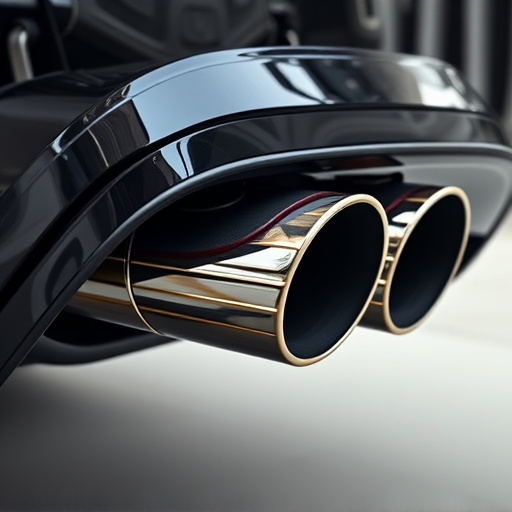
Performance exhaust systems are designed to enhance the overall vehicle performance by optimizing gas flow and reducing backpressure within the exhaust system. These systems differ from standard exhausts in their construction, materials, and tuning, aiming to improve engine efficiency and power output. Understanding the fundamentals of a performance exhaust system is key to unlocking its benefits.
Exhaust systems play a crucial role in vehicle performance, and when combined with carefully selected intake components, they can significantly impact engine performance. The right performance exhaust system can increase horsepower, torque, and throttle response, providing a more responsive and dynamic driving experience. Different configurations like straight pipes or muffler setups offer varying advantages, catering to various driver preferences and objectives.
– Definition and basic principles of performance exhaust systems
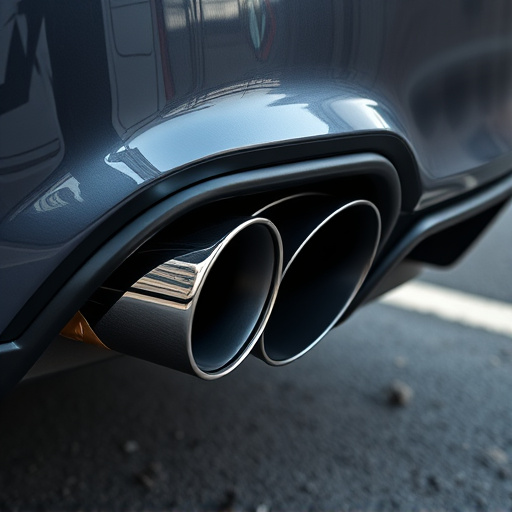
A performance exhaust system is designed to enhance the power, sound, and overall driving experience of a vehicle by optimizing the flow of gases out of the engine. These systems typically include components like headers, catalytic converters (or alternatives), mufflers, and pipes that are specifically engineered for improved performance. The basic principles revolve around reducing backpressure in the exhaust system, allowing the engine to exhale more efficiently, which results in increased horsepower, torque, and engine sound.
Performance exhaust systems often differ from stock systems in their construction materials, design, and layout. High-performance exhaust components, such as stainless steel or aluminum headers and mufflers, are chosen for their ability to withstand higher temperatures and pressures while minimizing heat retention. Additionally, these systems may incorporate advanced flow designs and optimized dimensions to direct gases smoothly, further enhancing engine performance. In contrast to stock exhausts, which prioritize quiet operation, performance-oriented setups trade off some noise reduction for better gas flow, providing drivers with a more responsive and engaging driving experience.
– Key components and their functions

A performance exhaust system is a complex assembly designed to enhance the power and sound of a vehicle’s engine while improving its overall efficiency. The key components include the headers, downpipes, catalytic converters (or high-flow catalyst systems), mufflers, and exhaust tips. Each part plays a crucial role in the system’s functionality.
Headers, typically made from stainless steel, collect exhaust gases from multiple cylinders and direct them down the exhaust system. Downpipes carry these gases away from the engine, ensuring smooth flow. The catalytic converter is a critical element that reduces harmful emissions while allowing for a more open exhaust flow, enhancing performance. Mufflers, designed to muffle noise without restricting exhaust flow, ensure a balanced power output and a refined sound. High-performance parts like suspension components and performance air filters can also complement the exhaust system by optimizing overall vehicle dynamics and engine intake efficiency.
When choosing between a straight pipe and muffler for your performance exhaust system, understanding each option’s advantages is key. Straight pipes offer unfettered airflow, enhancing acceleration and top-end power, while mufflers silence noise but may slightly reduce horsepower. The ideal choice depends on your priorities—whether it’s raw power or a quieter ride. Both options contribute to optimizing your vehicle’s performance exhaust system, ultimately enhancing driving pleasure.

